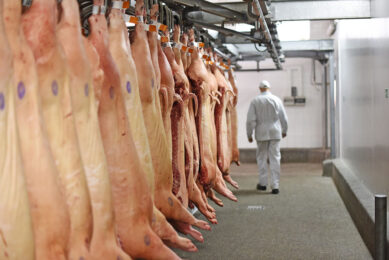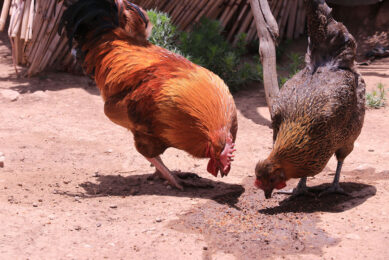Has China become a player on world cereal markets?

Despite economic growth in China, analysts of the world cereal markets have long since discounted them from their considerations. This is because China has been reluctant to import cereals since the risks of not been able to get what is needed or high prices are too great.
However according to a new study (China: are changes afoot for cereals?)from the Overseas Development Institute his could be about to change.
In 2011 two things seemed to contradict what was understood about China’s grain policies:
- Prices of some types of rice have risen by 30% since mid-2010; and,
- China plans to import 2M tonnes of maize from the world market during the July 2011 to June 2012 marketing year, mainly feed grain for livestock. Some believe that this could rise to 5M tonnes.
These anomalies could just be isolated incidents. But if China does become a significant importer of grains, this will result in an increase in world prices.
In the study 6 things became clear:
- production of cereals — very largely maize, rice and wheat —in China has been growing sufficiently in the last twenty years to match increases in demand for human consumption,
- demand for feed grain, on the other hand, has grown rapidly, since meat consumption is rising.
- demand for industrial use of some cereals, above all maize, is also growing quickly
- cereals imports are rising
- consumer prices for rice and other cereals have risen surprisingly since early 2010.
- the state intervenes actively when it seems that production is faltering or that public stocks may be drawn down too far.
So in answer to the question “Has China become a player in the world cereal markets?”
Rice
With regard to rice, it seems likely that China will continue to rely predominantly on local production, remaining a small net exporter.
Maize
Given the rapid growth in demand for meat, it seems likely that China will turn increasingly to international markets for feedgrains — mostly maize. USDA’s projections from November 2011 estimate China’s net maize imports in 2015 at 7.3M tonnes, or 7% of world trade: up from 1.3M tonnes of net imports (1.4% of world trade) predicted for 2015 in their 2008 projections.
Wheat
In wheat, China may go from being a small net exporter to a small net importer, though much depends on relative prices of maize and wheat for feed.
Join 26,000+ subscribers
Subscribe to our newsletter to stay updated about all the need-to-know content in the feed sector, three times a week. Beheer
Beheer









 WP Admin
WP Admin  Bewerk bericht
Bewerk bericht